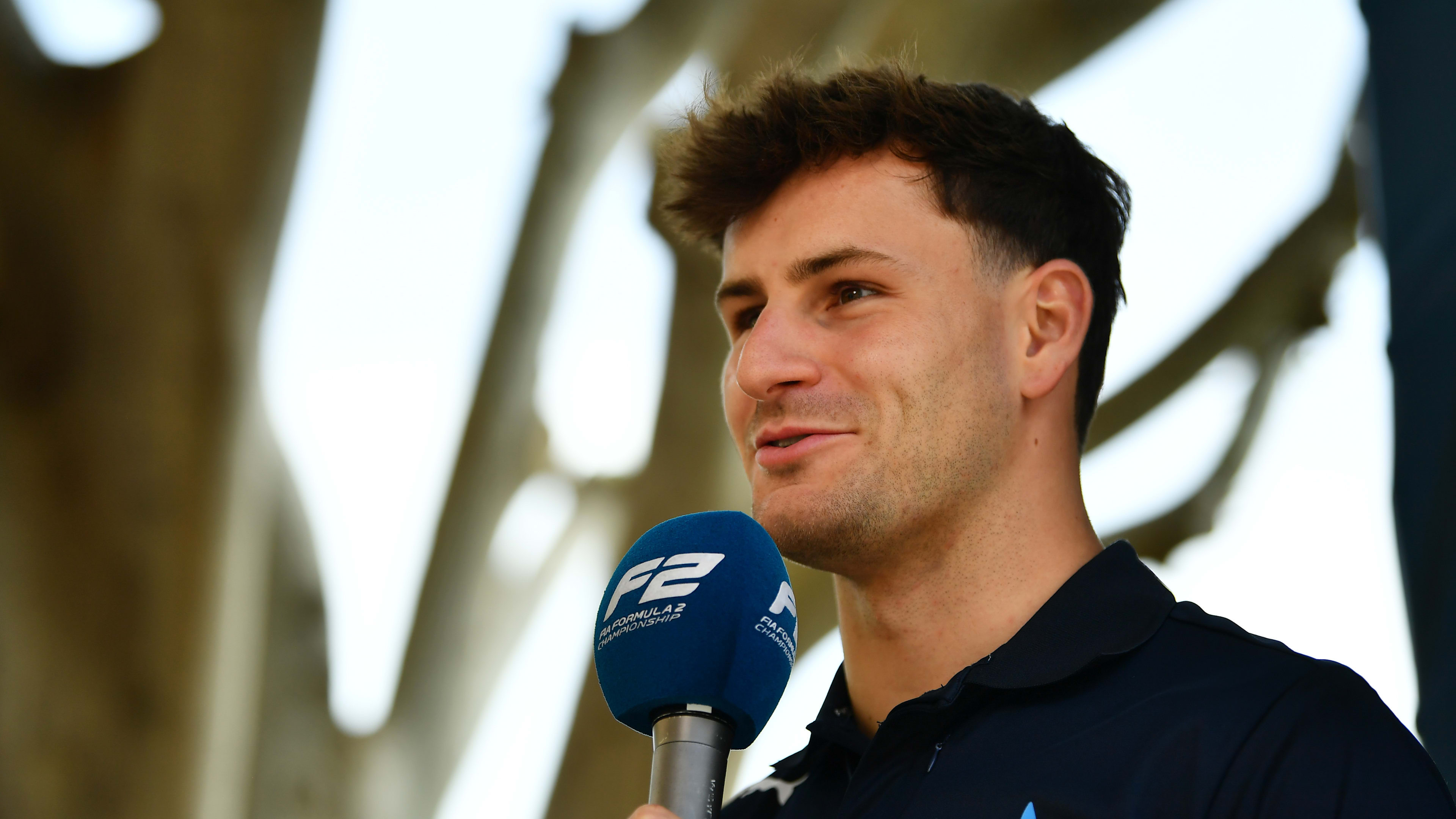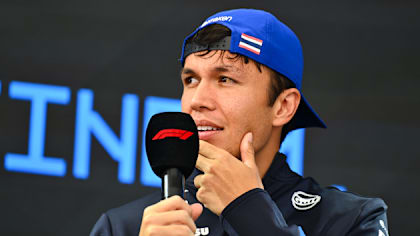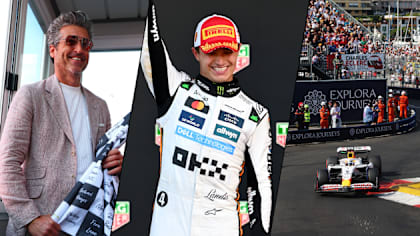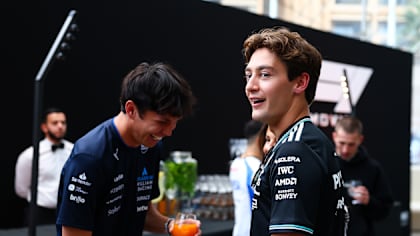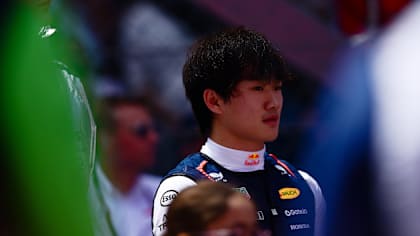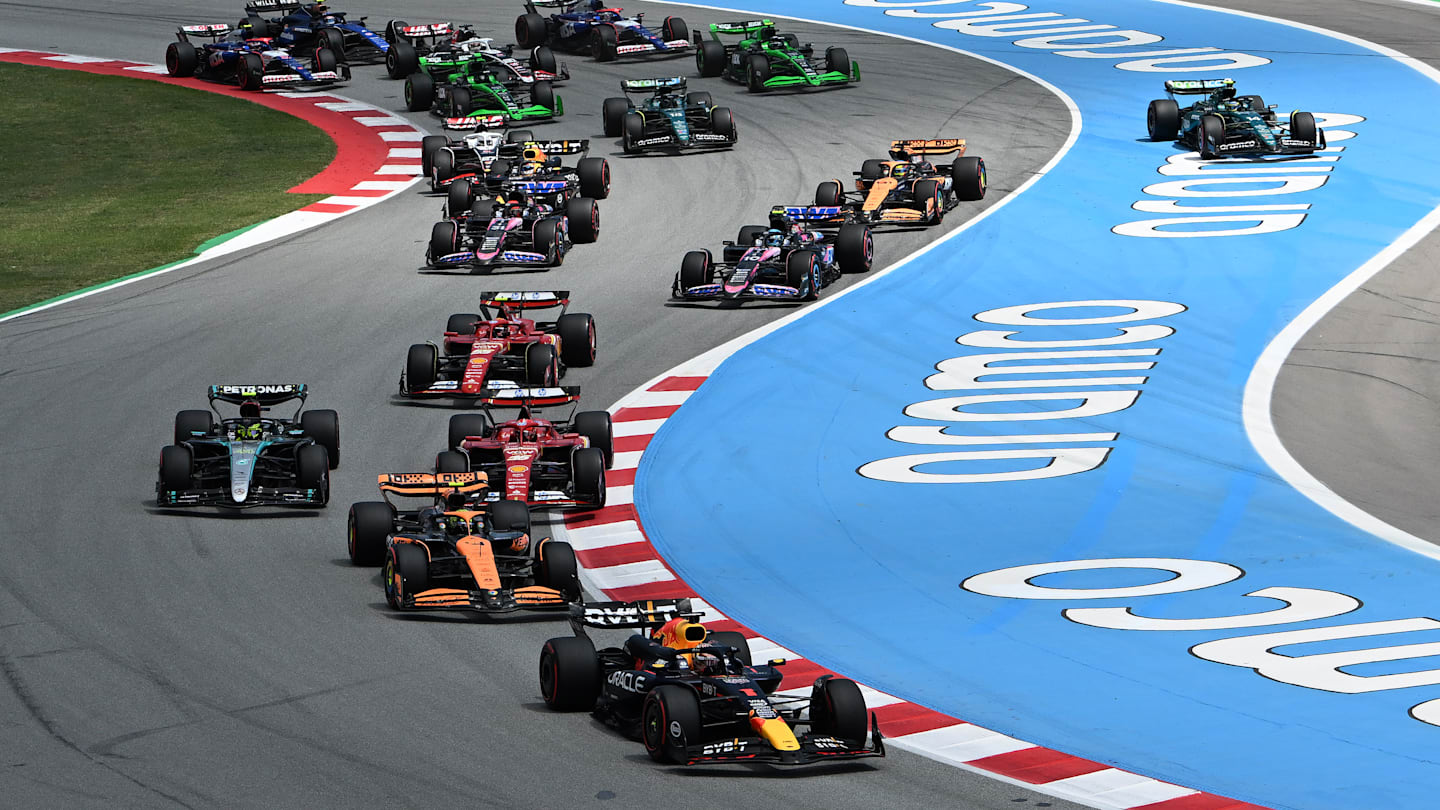
Feature
The beginner’s guide to F1 penalties
Share

Our beginner’s guide provides all you need to know about F1 penalties, explaining why these penalties might be issued, the different penalties that drivers and teams can receive and the process for appealing the decisions.
Why are penalties issued in F1?
Like most sports, Formula 1 is governed by a set of rules and regulations. These are set out by the FIA for each season and can undergo changes from year to year, with any changes having to be approved by the World Motor Sport Council.
READ MORE: Everything you need to know about F1 – Drivers, teams, cars, circuits and more
Should a driver or team be found to have breached these regulations, they may be penalised. This is most often when a breach has been committed on the track, but penalties can also be issued for breaches that take place off track.
Penalties issued can vary depending on the offence and its severity, with different types of punishments being given by the FIA. For a closer insight into specific engine and gearbox penalties, check out our separate guide here.
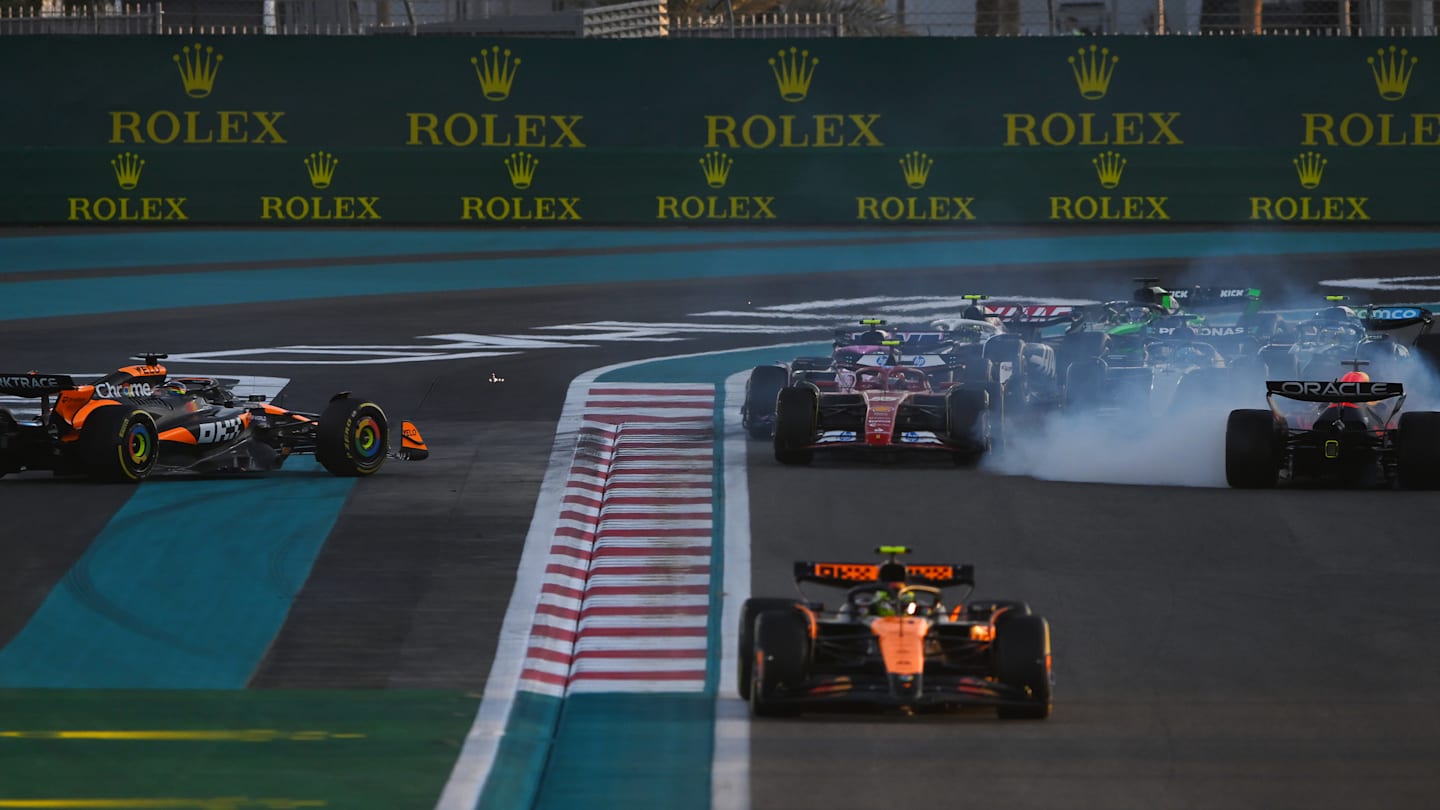
Drivers can be handed penalties for offences such as causing a collision
What kinds of penalties are given in F1?
Warnings/Reprimands
The FIA stewards will sometimes opt to hand a warning to a driver or a team rather than issuing a penalty.
Perhaps the most common use of a warning is when a driver first exceeds track limits (meaning that all four tyres cross the white line) during a race – should they go on to commit the same offence three more times, they will be referred to the stewards which may result in a penalty.
READ MORE: The beginner’s guide to the F1 Drivers’ Championship
The next step up from a warning is a reprimand. A driver is allowed four of these in one season – if they receive a fifth, they will be handed a 10-place grid penalty (more on which later).
Reprimands can be issued for sporting and non-sporting offences (meaning both on-track and off-track incidents), and the aforementioned grid penalty will only be applied if all four previous reprimands were issued for driving offences.
Recent transgressions that resulted in reprimands include the formation lap confusion that ensued at the 2024 Sao Paulo Grand Prix, with Lando Norris and George Russell both being reprimanded for setting off on a second formation lap – with no green light to indicate they could do so – after the start was aborted.
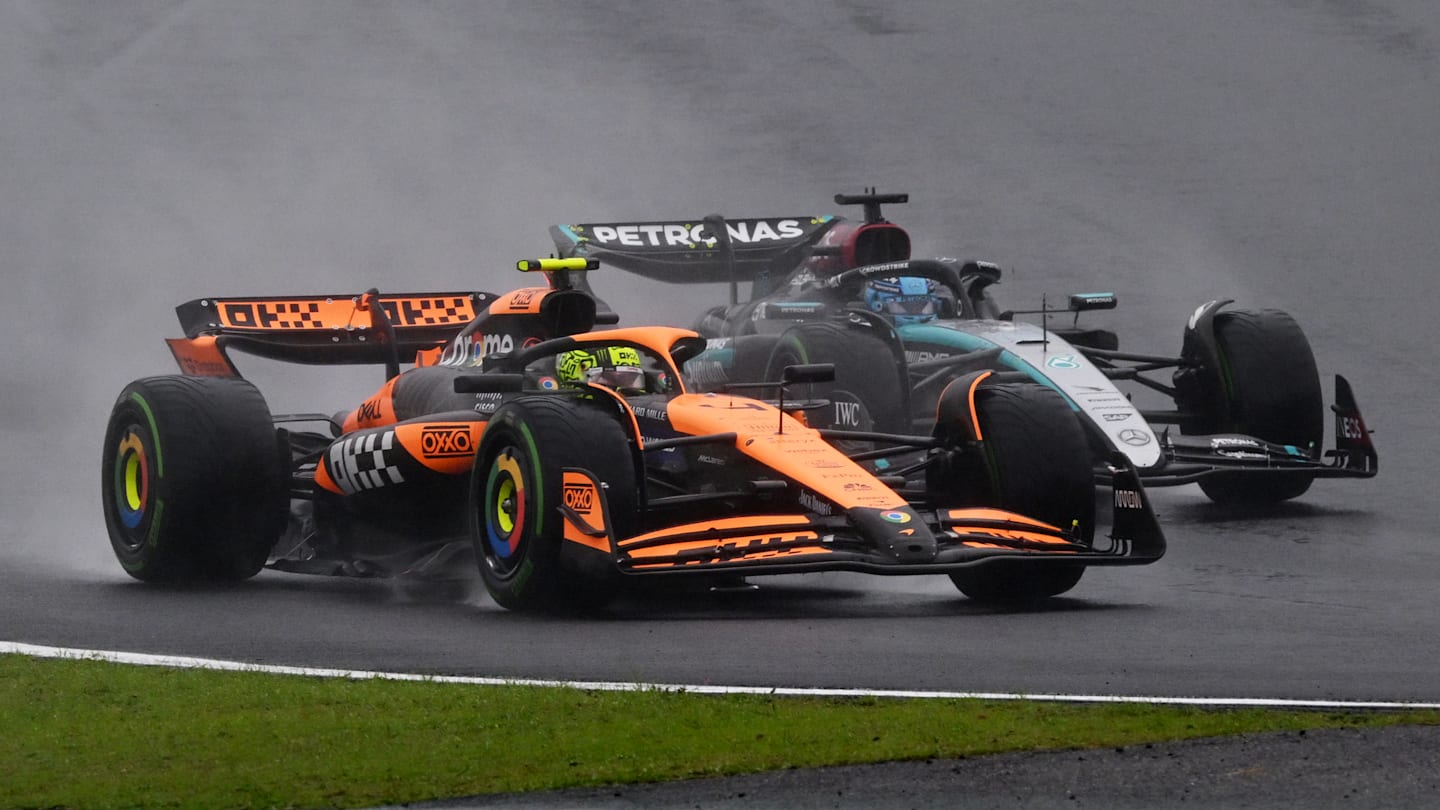
Norris and Russell were reprimanded for mistakenly setting off on a second formation lap during an aborted start at the 2024 Sao Paulo Grand Prix
Fines
On some occasions a driver or team may be fined for an offence. Fines can be issued on their own or may be given alongside another penalty – for example, the offence mentioned above involving Norris and Russell saw both drivers receive a fine of €5,000 as well as a reprimand.
Again, fines can be given for sporting and non-sporting offences. A recent case of a non-sporting incident resulting in a fine was when the stewards fined Charles Leclerc €10,000 for his language during a press conference at the 2024 Mexico City Grand Prix.
READ MORE: The beginner’s guide to the F1 Constructors’ Championship
Time penalties
Perhaps the most commonly used penalty, time penalties are issued as either five or 10 seconds. A driver serves this when taking a pit stop, with the car sitting stationary in the pit box for the given amount of time before the mechanics are then allowed to start working on the car.
If the mechanics touch the car before the time penalty has been served, another penalty will be issued.
Should a driver not pit again after receiving a time penalty, the amount of time will be added on to their finishing time which could potentially drop them down the order.
A recent example of this happening was the 2024 United States Grand Prix, where Lando Norris received a five-second penalty for leaving the track and gaining an advantage during the latter stages of the race, resulting in him dropping from third to fourth in the final classification.
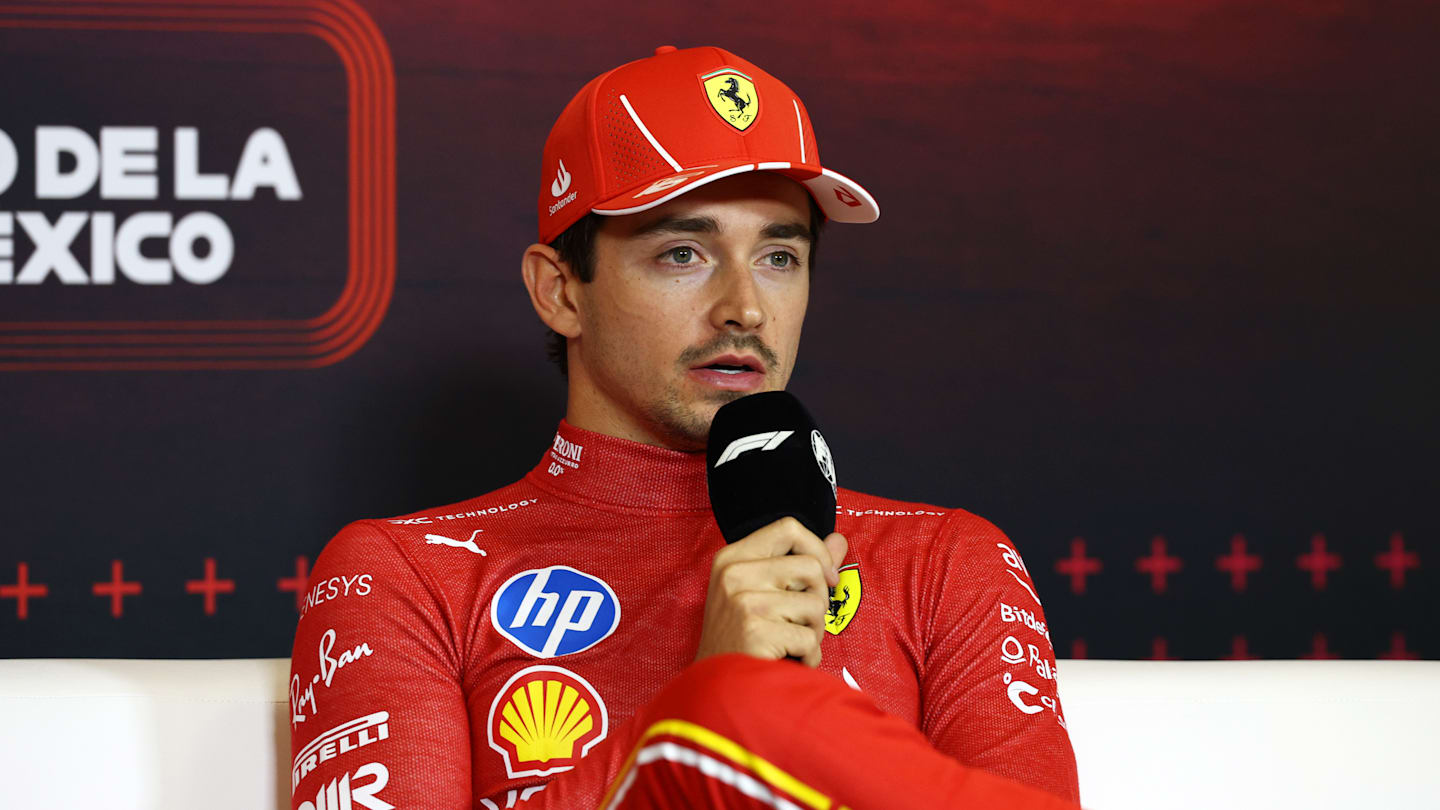
Leclerc was fined for his language during a press conference at the 2024 Mexico City Grand Prix
Drive-through/stop-go penalties
A drive-through penalty requires a driver to drive through the pit lane – observing the speed limit along the way – before then returning to the track.
In other instances, a 10-second stop-go penalty will be issued. This is more costly as a driver is required to stop in their pit box for 10 seconds and then rejoin the race. The mechanics are not allowed to work on the car during the stop.
While stop-go penalties are not seen that frequently, the most recent incident saw Lando Norris receive the punishment at the 2024 Qatar Grand Prix for failing to slow under double-waved yellow flags.
READ MORE: The beginner’s guide to the F1 weekend
When a drive-through or stop-go penalty is issued, a driver has two laps from when the team were notified of the stewards’ decision to serve it. However, an exception is made if the Virtual Safety Car or Safety Car has been deployed, with the driver required to serve the penalty after this.
Grid penalties
A grid penalty will see a driver forced to drop a number of grid positions at the next race weekend they participate in. While they can be given as a result of a sporting offence, grid penalties are often handed out as a result of a driver changing engine components more times than is allowed in their given allocation.
They are often given as five-place or 10-place penalties, though there have been variations. A recent example occurred at the 2024 Qatar Grand Prix, where Max Verstappen received a one-place grid drop after being deemed to have driven unnecessarily slowly on a cooldown lap in Qualifying.

The 2024 Qatar Grand Prix saw Norris serve a 10-second stop-go penalty
Disqualification/suspension
In some more serious cases, a driver or team may be disqualified from the results of a race or session. This may occur as the result of a technical infringement – for example, George Russell was disqualified from the results of the 2024 Belgian Grand Prix after his car was found to be underweight.
A step up from that is suspension, where a driver will be suspended from the next event. This is a rare occurrence, but a recent case saw Romain Grosjean banned from his next race back in 2012 after he was deemed to have caused a dramatic first-lap incident at the Belgian Grand Prix, with the stewards noting it as “an extremely serious breach of the regulations”.
READ MORE: The beginner’s guide to F1 flags
More recently, Kevin Magnussen served a race ban at the 2024 Azerbaijan Grand Prix after collecting 12 penalty points on his Super Licence, more on which below.
What are penalty points?
On some occasions, the FIA may issue penalty points on a driver’s Super Licence as part of a punishment. These remain on a driver’s licence for 12 months – and if a driver accumulates 12 points within that timeframe, they will receive a one-race ban.

Magnussen was hit with a one-race ban in 2024 after accumulating 12 points on his Super Licence
How are F1 penalties decided?
During a session or race, the Race Director may report any incident or suspected breach of the regulations to the stewards. It is then at the discretion of the stewards to decide whether or not the incident or breach should be investigated, and the stewards may also investigate an incident or breach that they note themselves.
If an incident is under investigation, a message will be sent detailing the driver(s) and/or team(s) involved. The stewards will then communicate their decision after completing the investigation.
READ MORE: The beginner’s guide to the Formula 1 Super Licence
For incidents investigated after the race or session, those involved are generally summoned to a hearing with the stewards, who will then decide on whether a penalty should be issued.
Who can receive penalties in F1?
While it is often drivers that receive penalties, teams can also be handed punishments by the FIA. For example, a team may be fined should they be deemed to have caused an unsafe release in the pit lane whereby they have released their driver into the path of another.
A team may also be fined for a procedural breach, such as if they are found to have breached the cost cap regulations.
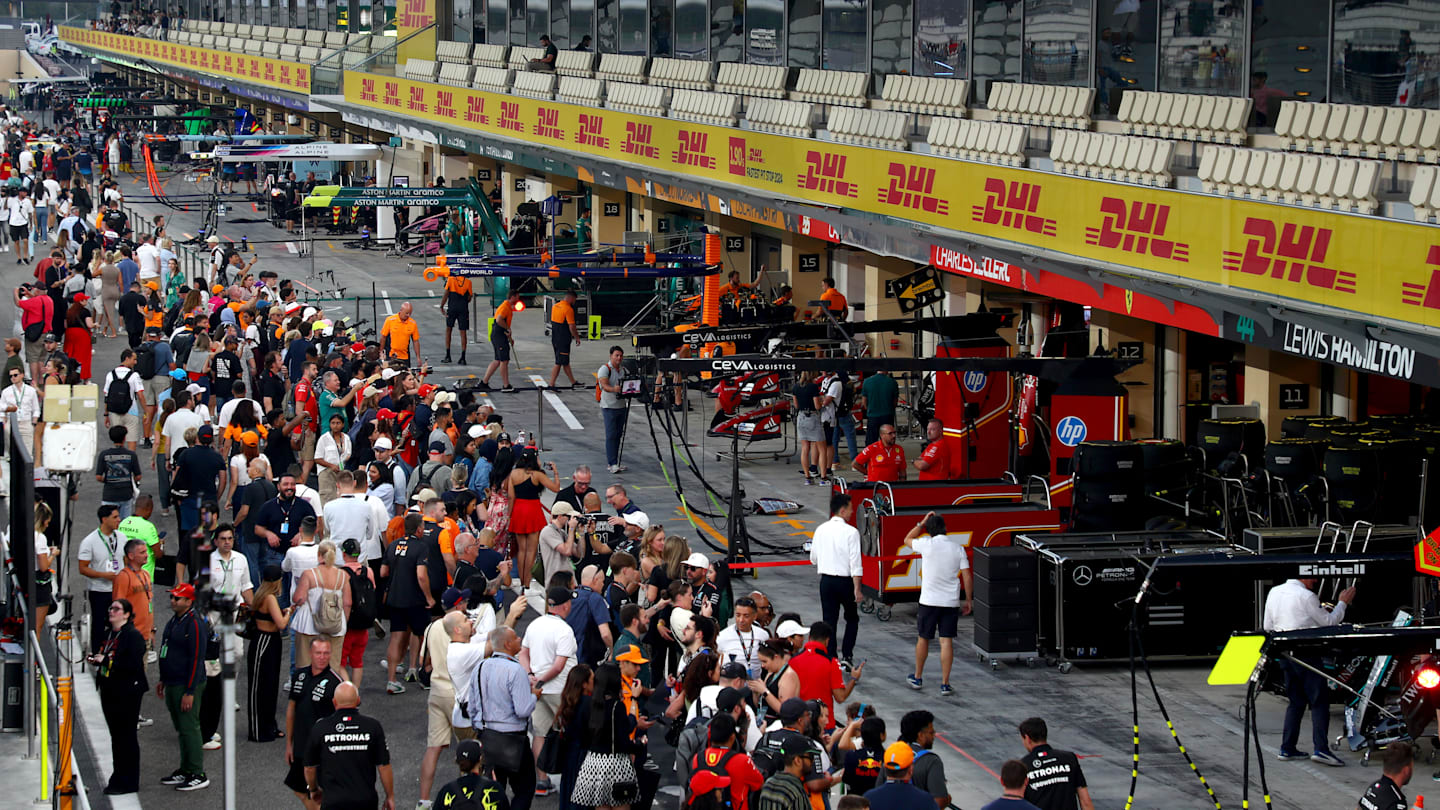
Teams as well as drivers can receive penalties, such as in the case of an unsafe release in the pit lane
Can F1 penalties be appealed?
Drivers and teams can appeal the penalty decision with the FIA if they feel that it is incorrect. This is known as a ‘Right of Review’ and will usually result in another hearing taking place.
To be successful in this, a team usually has to present new evidence that was previously unavailable when the original decision was made.
READ MORE: Everything you need to know about F1 – Drivers, teams, cars, circuits and more
An incident where a Right of Review was successful occurred at the 2023 Saudi Arabian Grand Prix, where Fernando Alonso had initially lost his P3 result after receiving a time penalty following the race. But after the review, the stewards opted to overturn their original decision and reinstate the result.

RACE TICKETS - SPAIN
Don't miss your chance to experience F1 racing in Barcelona...
YOU MIGHT ALSO LIKE
News ‘It’s not how we want to go racing’ – Albon rues frustrating ‘tactical game’ in Monaco
Feature MONACO LOWDOWN: All the key moments as Norris realises a dream, Racing Bulls shine and famous faces enjoy the show
News Russell jokes Albon will ‘get the dinner bill’ after Monaco GP battle and penalty
News Tsunoda gives verdict on Gasly collision as he admits he needed to ‘qualify better’ in Monaco
